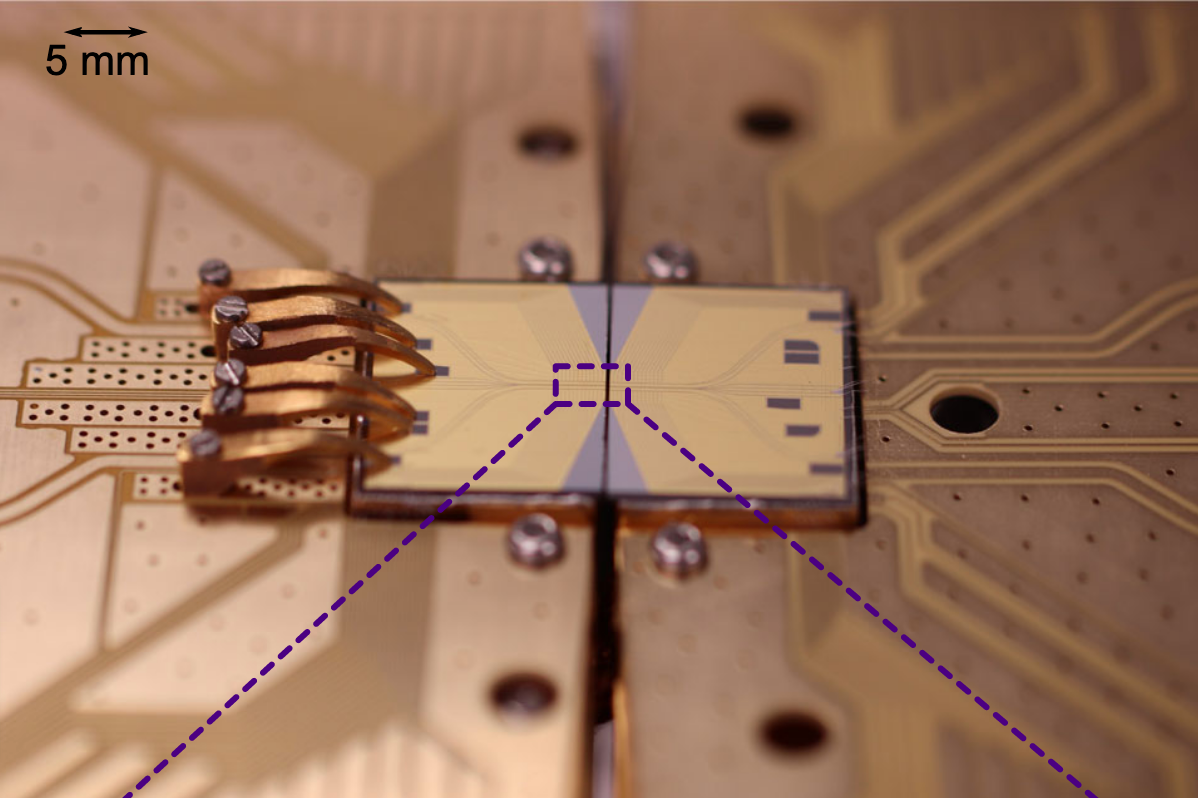A recent study by Nature Communications has demonstrated that quantum matter-link provides a feasible way to connect QCCD devices. The research will aid in developing modular QCs capable of fault-tolerant utility-scale quantum computation. The paper was published last 08 February 2023 by researchers from the University of Sussex and Universal Quantum.
Scalability of systems is critical for large-scale quantum computers (QCs) and is being sought across a range of hardware platforms. Architectures such as the quantum charge-coupled device (QCCD) are used to grow the number of qubits on a single device for QCs based on trapped ions.
And so far, photonic linkages have been the only experimentally demonstrated way to connect trapped-ion QC modules. This optical interface allows for the much-touted probabilistic entanglement distribution between distant modules. This optical interface permits the heralded, probabilistic entanglement distribution between remote modules.
The transmission of trapped ions between two quantum computing modules was demonstrated at a transfer rate of 2424 s-1 across a total distance of 684 μm, with infidelity associated with ion loss during transport of less than 7 × 10−8. The researchers also demonstrated no quantifiable loss of qubit coherence associated with the transport operation, resulting in a high-fidelity coherent quantum matter link between adjacent quantum computer modules.
The researchers used two linear surface-electrode Paul traps to solve the problem of connecting independent QC modules.
The research team comprised experts from the Sussex Centre for Quantum Technologies, the University of Sussex, and Universal Quantum, namely Akhtar, M., Bonus, F., Lebrun-Gallagher, F. R., Johnson, N. I., Siegele-Brown, M., Hong, S., Hile, S. J., Kulmiya, S. A., Weidt, S., & Hensinger, W. K.
The Inter-module Ion Transport Approach
The approaches utilized in the paper show that inter-module ion movement is a viable method for connecting QC modules. Ion-transport procedures connected two adjacent surface-electrode ion-trap modules, resulting in a rapid, predictable, high-fidelity quantum matter link. This method of module linking logically expands the quantum charge-coupled device (QCCD) design from one to several modules. As a result, this demonstration will aid in developing a scalable QCCD architecture capable of fault-tolerant utility-scale quantum computation.
Furthermore, the study also remarks that the method might connect modular QCCD implementations using multiple fabrication procedures or ion trap designs, such as 3D microfabricated ion traps. To enable successful multiqubit activities following a link, ion transport operations with low motional excitation must be realized between modules.
To maximize the reliability of multi-qubit processes after transport events, ion transport with low motional excitation is crucial. As a result, transport activities that promote intermodule and intramodule movement must be designed to minimize motional excitation or paired with sympathetic cooling mechanisms at the expense of increased experiment duration.
The researchers also discussed that for the following modifications to the filtering circuits and control hardware, further work on the two-module system would focus on implementing and characterizing transport with sub-quanta motional excitation. This strategy can potentially boost the inter-module shuttling rate by magnitude.
Read the full article here.

